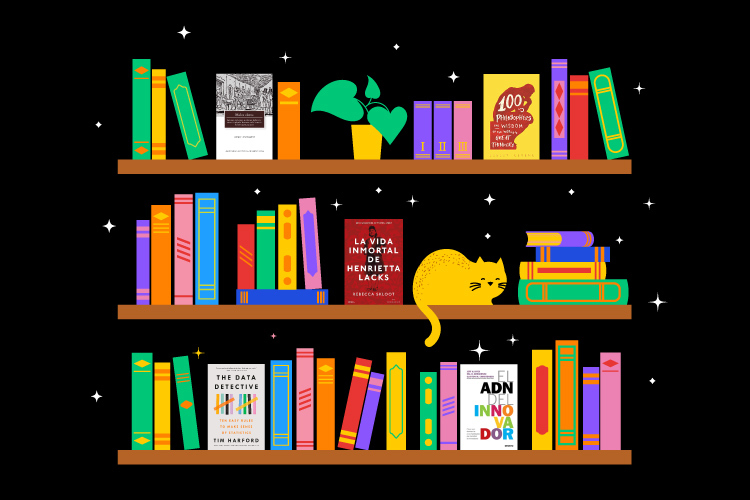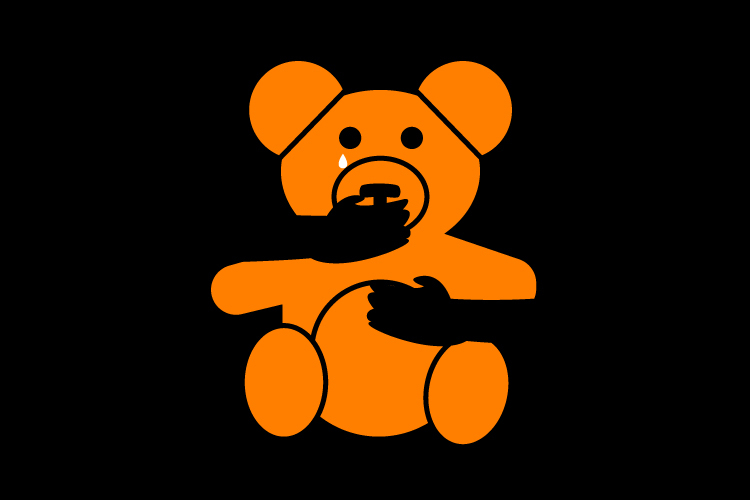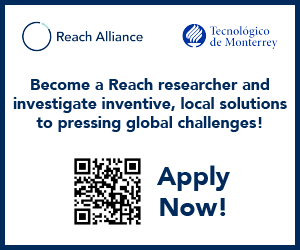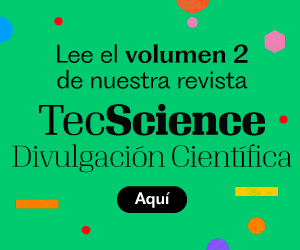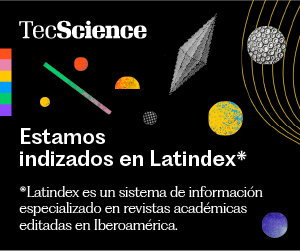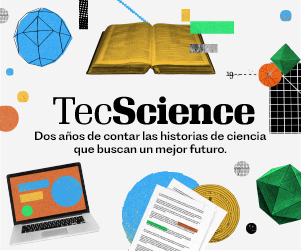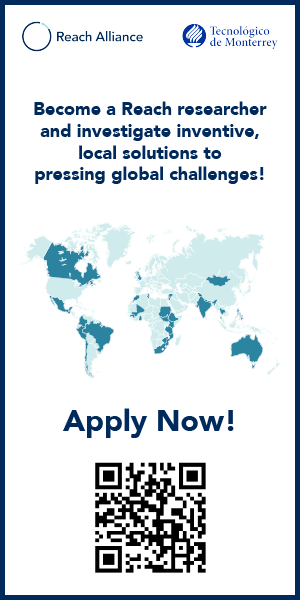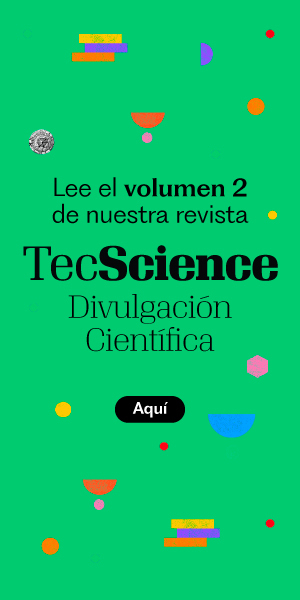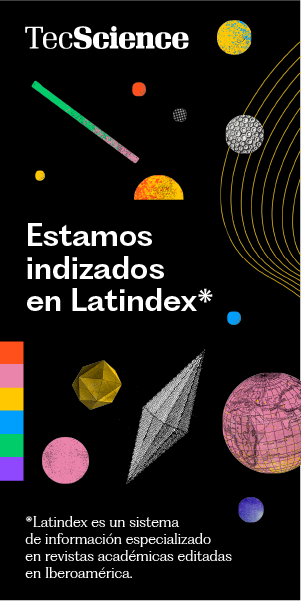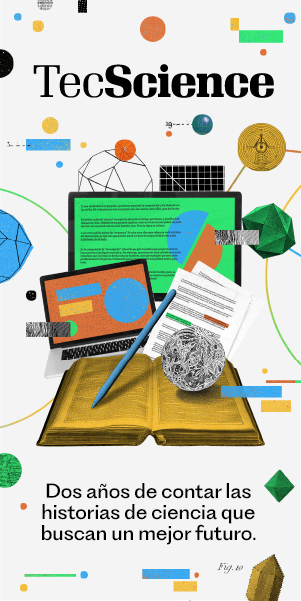By Jorge E. Valdez García
A good way to get into science, expand our knowledge, and better understand the world around us is through reading. To paraphrase some science writers, we could say: “Science is the poetry of thought, and reading science books is a way to enjoy that poetry.”
Popular science books let us access scientific concepts and theories in a clear and accessible way without needing deep prior knowledge of the subject. Besides helping us develop critical thinking skills and think more analytically and logically, these books also let us dive into the pleasure of reading.
For this winter solstice and before we wrap up another trip around the sun, I’d like to share some books on my nightstand.
1. The Immortal Life of Henrietta Lacks, Rebecca Skloot
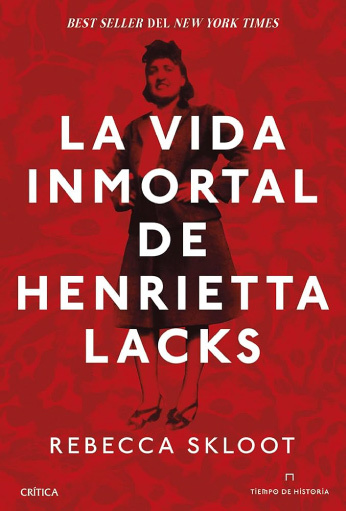
This book is a journey of discovery about Henrietta Lacks, the cell line derived from her, and the impact the commercialization of this cell line had on society and her surviving family.
In 1951, Henrietta Lacks died of cervical cancer at the young age of 31. Surgeons at Johns Hopkins took cells from her tumor without her family’s permission or knowledge. These cells became the basis of the first immortal human cell line, HeLa (Henrietta Lacks), adopted worldwide for biomedical research.
The problems of racism, classism, and sexism in the 50s in the United States are crucial to understanding the story of Henrietta Lacks, a poor, undereducated Black woman who had practically no voice in her medical care.
From the very beginning, Skloot emphasizes that doctors and scientists should never let their zeal for science overshadow their recognition of the humanity of their patients and research subjects.
In 2011, this book won the National Academies Communication Award for best creative work that helps the public understand science, engineering, or medicine.
2. The Innovator’s DNA: Mastering the Five Skills of Disruptive Innovators, Jeff Dyer, Hal Gregersen, Clayton M. Christensen
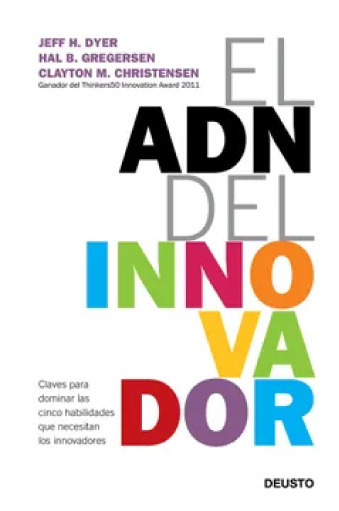
This book is a must-read for individuals and teams who want to strengthen their innovative capacity. It shows how the skills needed to carry out any project successfully can be developed from idea conception to completion.
By identifying the behaviors of the world’s best innovators, the authors describe what distinguishes innovative entrepreneurs and executives from ordinary managers; these five skills are Associating, Questioning, Observing, Networking, and Experimenting.
Let’s not forget that science is an innovation activity.
3. Bad Smells, Corrupt Aromas, Unhealthy Stenches and Other Virulent Humors in the History of the People of Monterrey, Enrique Tovar Esquivel
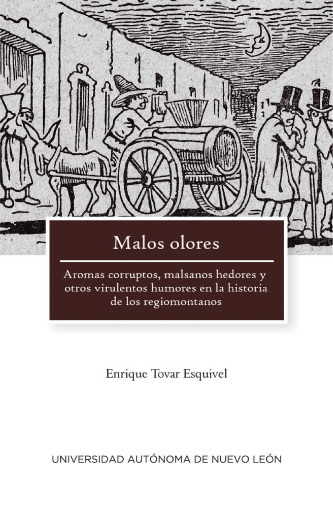
This is a very different book from what we’re used to read. Tackling something as intangible as bad smells isn’t just about mentioning their unmistakable odor but about reconsidering them within a symbolic world where the corruption of aroma means immorality, evil, sickness, and death.
Bad smells in Monterrey’s daily life have their history, which gives us a perspective on the development of urban environments.
Although the smells of the past no longer exist, we’re now invaded by other stenches that, however unpleasant, we wouldn’t want to remember; but as soon as we perceive a smell, emotional and geographical olfactory memories flood us.
Corrupt aromas are found in gardens, sidewalks, or bus stops; they don’t have a fixed place. Faced with the wide range of polluted air that can’t be dispersed with a simple fan, the olfactory memory of a city’s inhabitants is built. Unhealthy stenches and other virulent odors show how decisive the undesirable, fetid, and corrupted urban miasmas were in modifying or redefining the use of space.
In this sense, the research carried out at the National Institute of Anthropology and History (INAH-Nuevo León) also addresses topics whose cultural implications permeate the construction of urban centers and the lives of their inhabitants.
Chronicling aromas isn’t easy because of what needs to be done: digging through archives and finding the right sources to trace the connections to build a discourse over a precise time. Enrique Tovar Esquivel does this with great skill, showing us a vein of sources that, analyzed with the meticulousness of any good historian, allow us to approach the different ways of perceiving a city throughout history.
4. The Data Detective: Ten Easy Rules to Make Sense of Statistics, Tim Harford
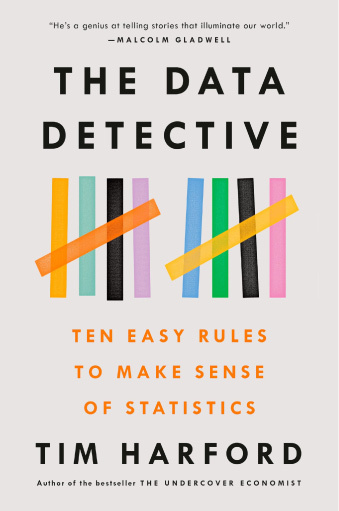
Every day, when reading the news or looking at papers, we’re faced with a lot of data, from health information to political opinion polls, presented as concrete facts based on statistics. In such circumstances, the natural tendency is to assume that it must be true if it’s based on statistics.
But how often have we come across conflicting statistics on the same topic? How do we know if the facts presented are true?
This is where Tim Harford makes an essential contribution by presenting, in an intuitive way, basic rules that can help us evaluate whether the facts labeled as accurate statistics make sense.
The book is very well designed for a broad audience, presenting a series of captivating and fun stories that illustrate how statistics can deceive and examples of serious studies that have changed our knowledge and behavior, for example, the effects of smoking on health.
While avoiding specialized jargon and technical aspects, the author argues convincingly, based on his experience and research, that statistics should be seen as a tool to help us understand our world.
5. 100 Philosophers: The Wisdom of the World’s Great Thinkers, Lesley Levene
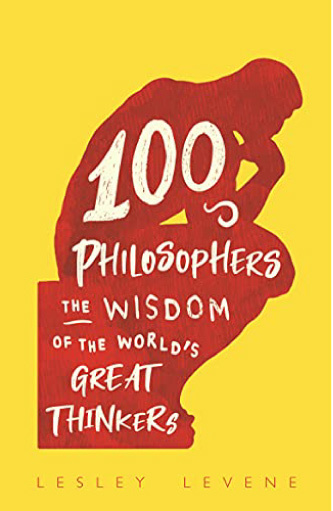
This introduction to universal philosophy contains the most outstanding quotes from 100 of history’s greatest philosophers. In addition, each philosopher is accompanied by a text that explains the historical context, providing the reader with a very accessible view of the meaning and interpretations of each one.
A must-read for anyone who wants answers to fundamental questions. This work introduces world thought and intellectual debate through the eyes and minds of those who, by their very nature, ask the most important questions and can drive change and evolution.
The author Lesley Levene studied archeology and worked at the British Museum and the Institute of Classical Studies (UCL) before becoming a writer and editor.
I’ll end this review as I began by paraphrasing a great thinker, René Descartes; “Reading all good books is like a conversation with the brightest minds of past centuries.” I hope you have the opportunity to have great conversations.
Did you find this story interesting? Would you like to publish it? Contact our content editor to learn more at marianaleonm@tec.mx
